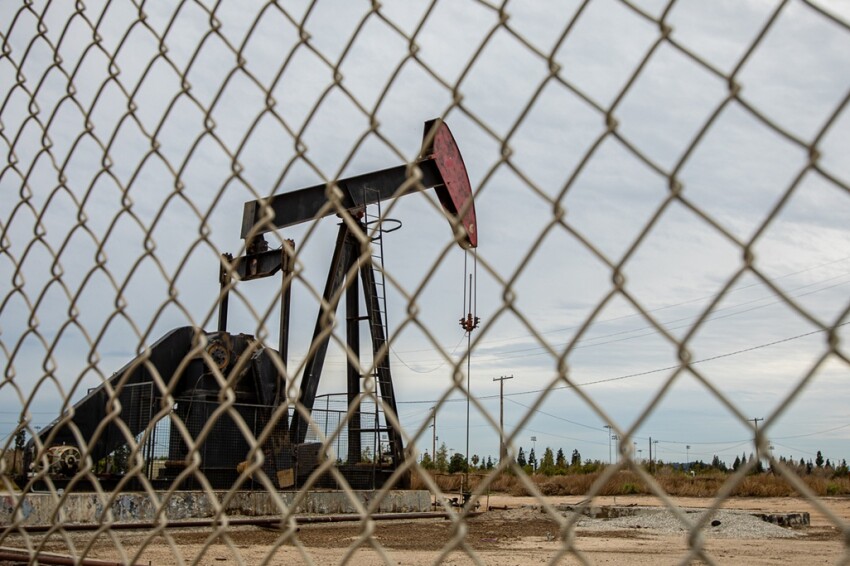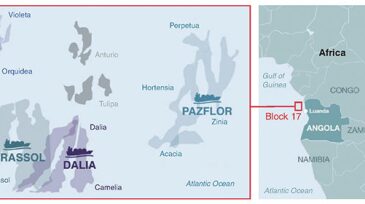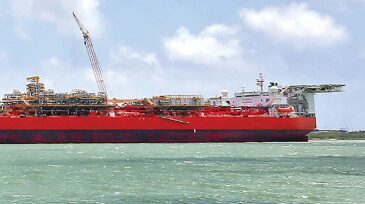Onshore/Offshore Facilities
This paper introduces an AI-driven digital fencing system designed to boost security in oil and gas fields. The main objectives are to improve security and safety of oil and gas facilities while addressing the limitations of legacy physical barriers, reducing false alarms, and eliminating the dependability on the grid in favor of renewable energy.
The contract will cover the design and manufacturing of tree systems, flexible flowlines, a manifold, and controls, as well as installation of the subsea production system.
DTEK has delivered its first US-sourced LNG shipment through Lithuania to supply Ukraine and neighboring countries this winter.
-
The BC-10 asset, located in deep water offshore Brazil, produces heavy oil in the range of 16 to 24 °API. In this article, two examples of production optimization for this field will be provided (further examples are available in the complete paper).
-
This paper describes the CLOV deepwater megaproject in Block 17 offshore Angola, which cost USD 8.4 billion to first oil.
-
This paper evaluates the feasibility of a number of production- and export-riser configurations for ultradeepwater applications.
-
This paper presents a multirate-test method to detect locations and sizes of blockages in gas pipelines.
-
This paper presents an overview of the challenges of using traditional synthesis gas reforming methods for efficient gas-to-liquids (GTL) conversion.
-
Achieving production and availability targets is paramount to the ultimate success of any liquefied-natural-gas (LNG) project. Both are important factors in any life-cycle economic analysis.
-
Despite the currently deteriorating oil and gas prices, natural gas, the “least carbon-intensive” fossil fuel, is still projected by ExxonMobil, the International Energy Agency, and other sources to grow by 65% from 2010 to 2040
-
Moving to higher-capacity wellhead systems for high-pressure and high-temperature (HP/HT) environments will require a larger mandrel and conductor-casing size.
-
As operators look to reduce the time and cost for projects, adopting a modular approach to facility design. While this approach may provide some benefits, it may not be the most efficient path.
-
Many of the platforms in the North Sea are late in life, operating long past their initial design expectations due to costly life-extension work. Decommissioning has moved slowly, but the low price environment is likely to accelerate the trend.













